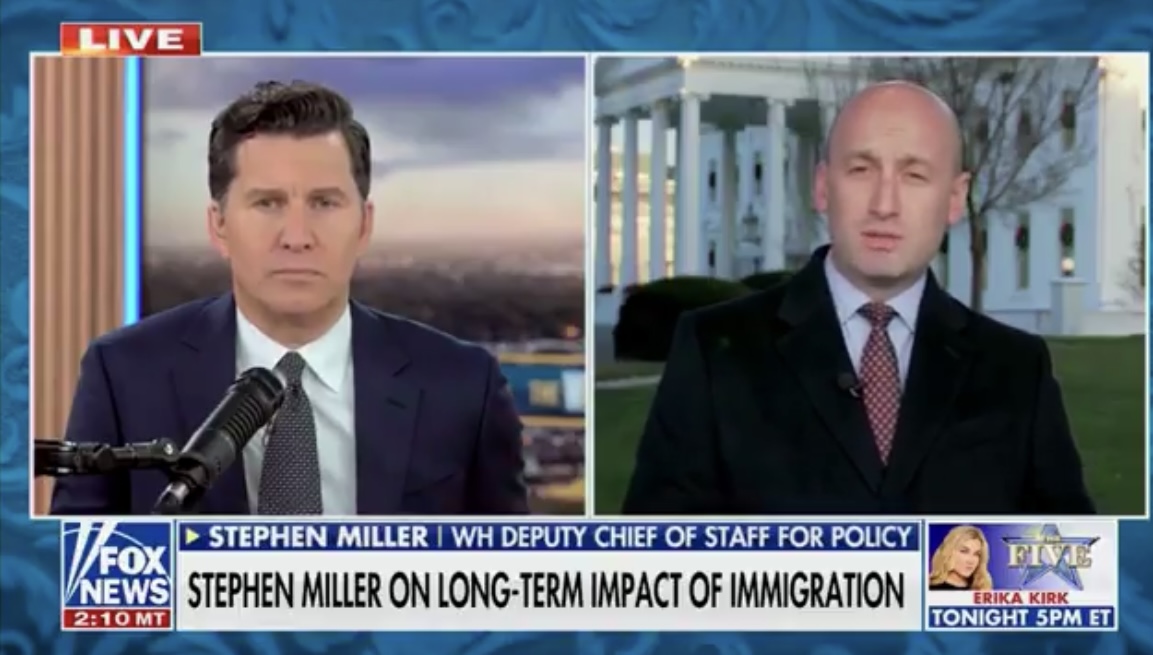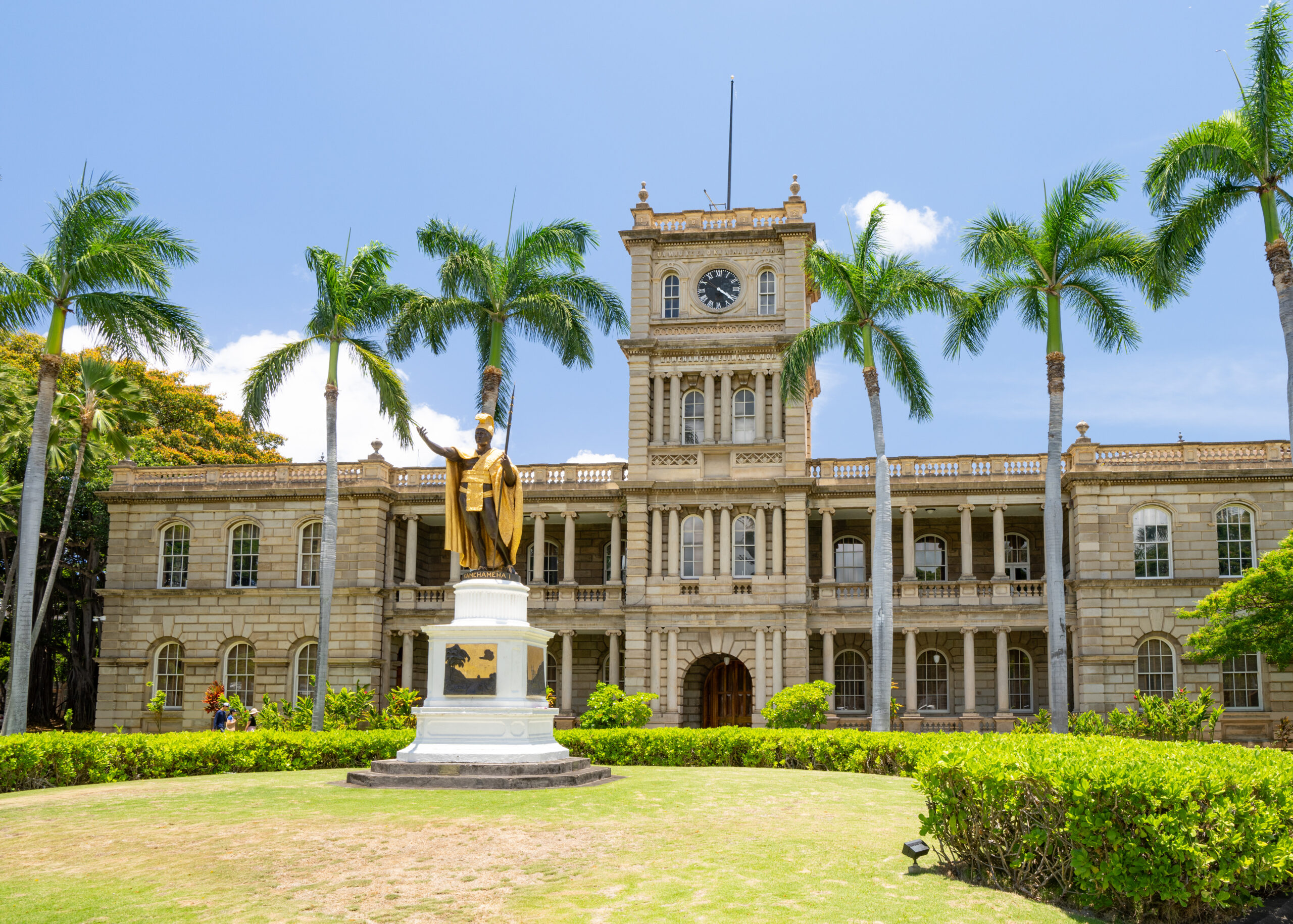Diversity Statements Booted From University of Michigan Hiring Process

The University of Michigan (U-M) will no longer require prospective employees to make commitments to further the school’s “Diversity, Equity and Inclusion” (DEI) goals, or diversity statements, Provost Laurie McCauley announced Thursday. Until now, U-M’s affiliates could choose to solicit these statements from applicants, people up for promotion and professors seeking tenure.
The decision comes months after McCauley convened a faculty committee to consider the merits of diversity statements. The group initially recommended keeping such hiring methods — but later changed its mind.
The committee made its first recommendation in deference to “U-M’s commitment to DEI.” By that, it means “the massive amounts of time and money U-M spends on DEI.” The university has poured approximately $250,000,000 into DEI since 2016, according to internal metrics reviewed by investigative reporter Nicholas Confessore, more than half of which has gone toward hiring DEI personnel.
In 2021, the Heritage Foundation found U-M had six DEI officials for every 100 faculty members — the highest ratio of any of the 65 large public universities studied. U-M’s DEI hires continue to outpace its overall faculty growth.
After the school debuted its second DEI program in 2023, the number of employees in the university’s central DEI office, and employees with “diversity,” “equity” or “inclusion” in their title, increased by 70%, finance professor Mark J. Perry told The New York Times Magazine. In contrast, U-M’s faculty has only grown 10% since 2021.
U-M affiliates use diversity statements to maintain the ideological homogeneity the school has worked so hard to achieve. Its Collegiate Fellowship program, for instance, reportedly asks applicants whether they would contribute to DEI by researching “race, gender, diversity, equity and inclusion,” accomplishing a “significant academic achievement in the face of barriers,” or demonstrating “commitment to allyhood through learning about structural inequities.”
But institutional investments don’t always match the opinions of the rank and file. McCauley’s committee changed its recommendation when a survey of more than 2,000 U-M faculty members showed most disliked diversity statements.
The University of Michigan Record reports of the survey:
The committee eventually recommended to remove diversity statements from the hiring process and, instead, embed DEI principles in their teaching and research standards. McCauley and the school’s Board of Regents elected to ignore the second half of this recommendation, deciding to do away with diversity statements all together.
It’s a big decision, signaling U-M’s willingness to evaluate the effectiveness of DEI on campus. By most available metrics, it’s a bad investment.
In his October exposé on DEI at U-M, Confessore noted such policies, including diversity statements, help U-M pursue racial diversity without breaking the law.
Michigan doesn’t allow public schools or employers to hire based on racial preferences and, in June 2023, the Supreme Court ruled colleges could no longer use race as a determining factor in which students get admitted. U-M subsequently discovered it could use diversity statements to legally identify candidates from marginalized groups. In a federal funding request for the Collegiate Fellows program, U-M noted that “a high percentage of fellows [with] demonstrated commitments to DEI are likely to come from traditionally marginalized groups.”
But screening students this way isn’t entirely successful. U-M has a more racially diverse faculty now than when DEI started, as well as higher rates of Asian, Hispanic and first-generation student enrollment. But enrollment among black students, which U-M has been trying to increase since the 1960s, has remained relatively steady between 4% and 5%. Michigan has a total black population of 14%.
Nor have DEI policies made the school a better place to learn. In a 2022 survey of students and faculty, most reported a less positive campus climate and a decreased “feeling of belonging” than before DEI. Confessore writes:
Nor have DEI policies protected marginalized students from racism and hatred. Between February 2023 and June 2024, U-M received 67 student complaints of harassment and discrimination. “An overwhelming majority involved allegations of antisemitism,” according to Confessore.
U-M only investigated one of these complaints — an error so egregious that the Civil Rights Office at the Department of Education found the university had failed to comply with its Title VI obligations.
U-M bet the farm on DEI. Now, it must reckon with the consequences of its bad investment. Let’s pray other schools find the courage to do the same.
Additional Articles and Resources
Hurray for Walmart Abandoning DEI Programs and Policies: ‘Biggest Win Yet’
Oklahoma Bans DEI in Universities and Government Agencies
ABOUT THE AUTHOR

Emily Washburn is a staff reporter for the Daily Citizen at Focus on the Family and regularly writes stories about politics and noteworthy people. She previously served as a staff reporter for Forbes Magazine, editorial assistant, and contributor for Discourse Magazine and Editor-in-Chief of the newspaper at Westmont College, where she studied communications and political science. Emily has never visited a beach she hasn’t swam at, and is happiest reading a book somewhere tropical.
Related Posts

Correcting the White House: God Became Man at Conception, Not Birth
December 10, 2025

To Save America, Have Lots of Children
December 10, 2025

‘The Babylon Bee’ Fights Hawaii Law Censoring Political Speech
December 9, 2025

Test Scores, Attendance Improve After District Bans Cellphones
December 8, 2025
